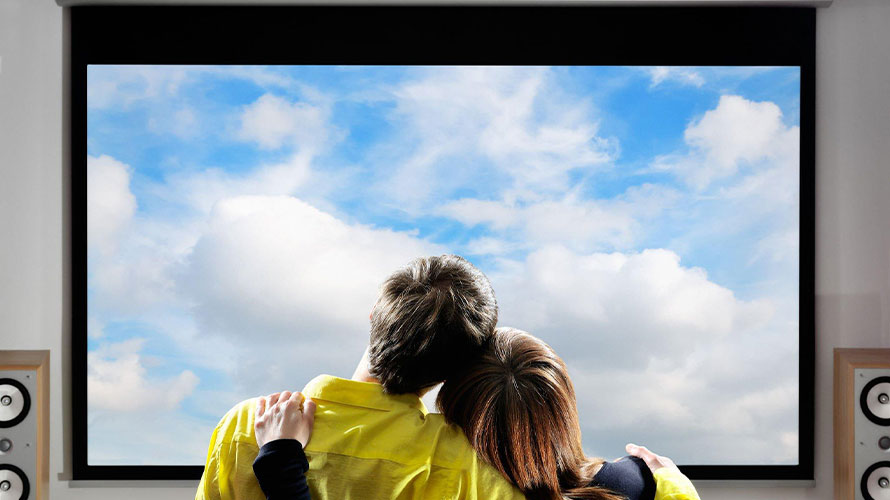Selecting the right LED screen for your specific needs is crucial to ensure optimal performance, visual impact, and return on investment. With a wide range of options available, choosing the perfect LED screen can be a daunting task.
In this blog post, we will guide you through the decision-making process, providing valuable insights and practical tips to help you make an informed choice and find the LED screen that best suits your requirements.
- Consider the Viewing Environment: The viewing environment plays a significant role in determining the type of LED screen you should choose. Factors such as ambient lighting, viewing distance, and installation location impact the screen’s brightness, resolution, and size requirements. Assess the environmental conditions thoroughly to select an LED screen that offers optimal visibility and performance in your specific setting.
- Define Your Purpose and Goals: Clearly defining your purpose and goals will help you identify the essential features and specifications your LED screen should have. Are you looking for an outdoor advertising display, an indoor retail screen, or a video wall for a control room? Understanding your intended usage and goals will ensure you select an LED screen that meets your specific requirements.
- Resolution and Pixel Pitch: The resolution and pixel pitch determine the image quality and clarity of your LED screen. Higher resolutions are suitable for larger screens or close viewing distances, while lower resolutions may suffice for smaller displays or situations with greater viewing distance. Consider your content and audience to determine the appropriate resolution and pixel pitch for optimal visual impact.
- Brightness and Contrast Ratio: Brightness and contrast ratio are crucial factors for ensuring your LED screen’s visibility and readability. For outdoor screens or spaces with high ambient lighting, a higher brightness level is necessary to combat glare and maintain image quality. Similarly, a high contrast ratio enhances the screen’s ability to display vibrant and detailed visuals.
- Durability and Maintenance: Investing in a reliable and durable LED screen is essential for long-term performance and cost-effectiveness. Consider factors such as weather resistance, temperature tolerance, and robust construction when evaluating different options. Additionally, inquire about the manufacturer’s warranty and available maintenance services to ensure ongoing support and hassle-free operation.
- Customization and Scalability: Some projects may require customized LED screen solutions to fit specific design requirements or unique installations. Assess whether the manufacturer offers customization options and the scalability of their products. This flexibility ensures that your LED screen can adapt to future expansion or changing needs.
- Budget and Return on Investment: Establishing a budget and evaluating the potential return on investment are crucial steps in the decision-making process. Compare prices, features, and warranties from different suppliers to find a balance between affordability and quality. Remember to consider the long-term benefits and value that an LED screen can bring to your brand or business.
Conclusion:
Choosing the right LED screen involves careful consideration of factors such as the viewing environment, purpose and goals, resolution, brightness, durability, and budget. By following this guide and conducting thorough research, you can make an informed decision that aligns with your requirements and delivers maximum impact. Selecting the perfect LED screen will set the stage for engaging visuals, effective communication, and a successful display solution that elevates your brand or business to new heights.



